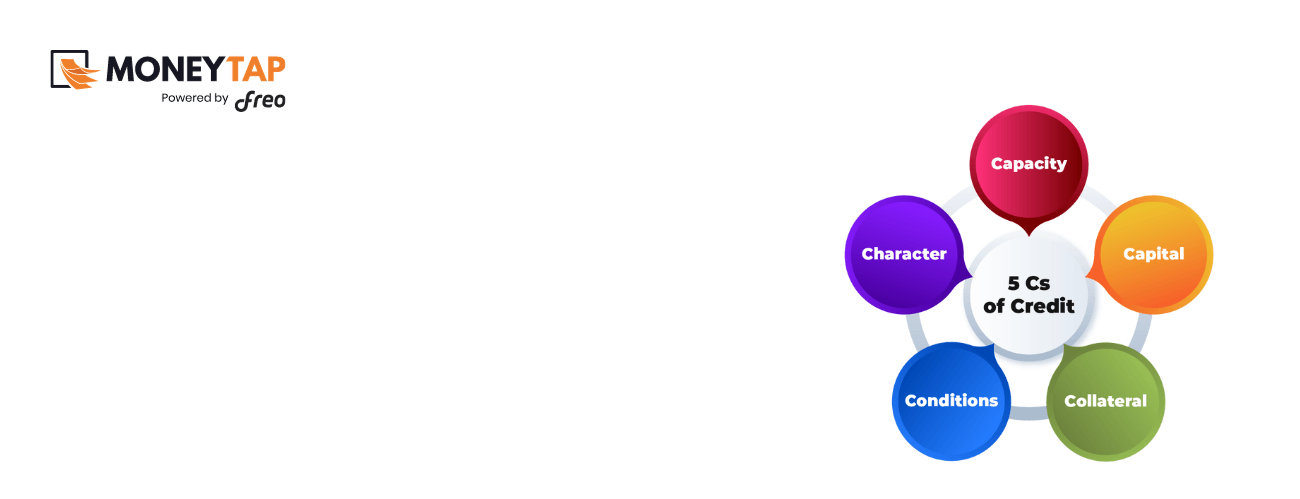What is Debt Financing: Understanding its Meaning, How it Works, and More
Topic
- Around India with MoneyTap 1
- Consumer Durable 1
- Credit Cards 32
- Credit Score 27
- Finance 33
- General 52
- Know MoneyTap Better 26
- MoneyTap 50
- MoneyTap in Daily Life 38
- Personal Loan 86
- Shopping on EMI 4
- Wedding Loan 1
Most businesses at some point need additional funding to either expand their business, boost their revenue or increase their company’s value. There are three ways by which businesses can raise funds:
- Debt Financing
- Hybrid of Debt and Equity
- Equity Financing
While debt financing is provided as a loan and needs to be repaid, equity financing requires the business to part away with a share of the company against the loan they borrow from the investor.
This post will talk exclusively about debt financing.
What is Debt Financing and How it Works
When a company borrows money either to expand its business or to grow its working capital, it has to be repaid with interest within a stipulated time frame. This is known as debt financing.
Debt financing can be secured or unsecured. When a company chooses debt financing, there is no loss of ownership.
Types of Debt Financing
Here are a few most common types of debt financing most small businesses and startups use:
-
- Secured Business Loans
This type of business loan needs collateral. A business with a low credit score may get the loan approved because it is backed by collateral/asset.
-
- Unsecured Business Loans
Unsecured business loan does not need collateral, but the business must have a good credit score to get the loan approved.
-
- Equipment Loans
In this type of loan, the business can only use the funds sanctioned to purchase equipment for business activities.
Advantages of Debt Financing
-
- No loss of ownership:
When you take debt financing, the lender has no control over your business decisions. Once you repay the loan, the business relationship ends.
-
- Tax benefits:
The interest you pay on a loan is tax-deductible. This means your net obligation is effectively reduced.
-
- Better planning:
Since you know how much principal and interest you would be paying every month towards your loan, it becomes easier to plan your monthly budget.
Disadvantages of Debt Financing
-
- Good credit rating:
You need to have a good credit rating to qualify for debt financing.
-
- Financial discipline:
You need to have the financial discipline to make timely repayments.
-
- Provide collateral:
You may be asked to put up collateral for debt financing. In that case, you are putting your business assets at risk. You may also be asked to put your personal assets as collateral; this can potentially put your own assets at risk.
Cost of Debt Financing
The Cost of Debt is the amount of interest the company pays for borrowing the loan. These interest payments are called Coupon Payments.
The dividend payments made to the stakeholders are known as the Cost of Equity.
When the Cost of Debt and the Cost of Equity are combined, it adds to the Cost of Capital.
The company’s decision to take debt financing must yield a higher return than the cost of debt; otherwise, it would incur a loss as it has to make the repayments on the loan.
Many Indian startups are warming up to the idea of debt financing because it helps them grow their working capital without losing their company stake. However, the company should consider the overall cost of capital and keep it to its minimum if it has to get better returns and eventually higher profits.











 Get it on playstore
Get it on playstore Get it on appstore
Get it on appstore